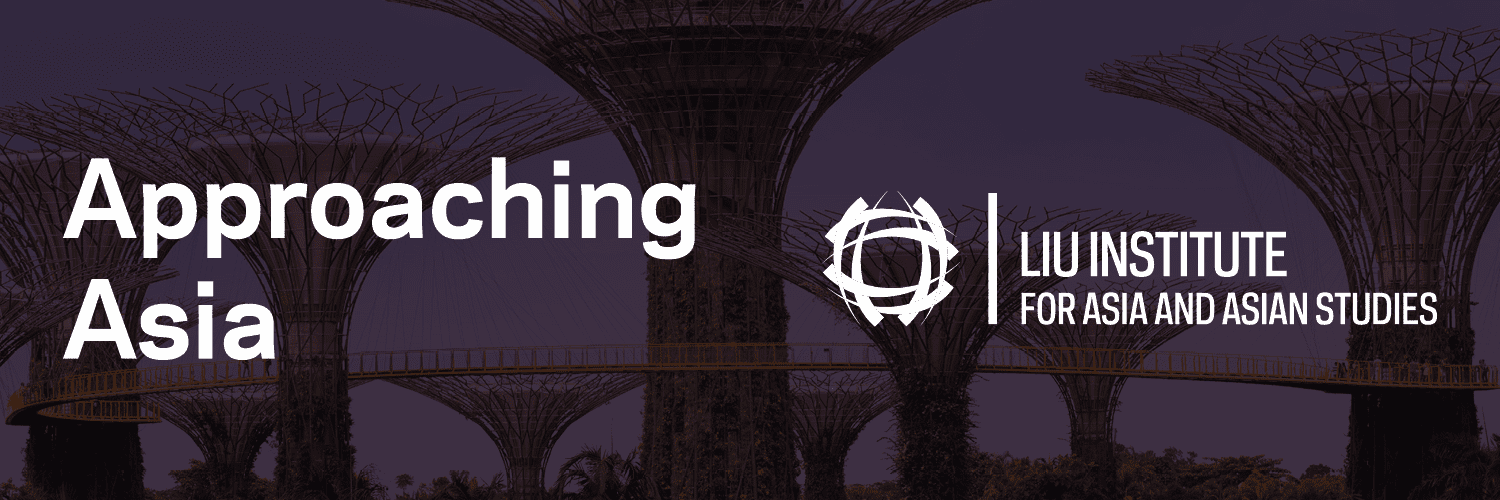One Belt, One Road

In 2013, the People’s Republic of China’s (PRC) President Xi Jinping announced the One Belt One Road (OBOR) project which was later renamed the Belt and Road Initiative (BRI). So, what is it, and why should we talk about it? The BRI is shaping up to be one of the most disruptive initiatives in modern history. It is the centerpiece of President Xi’s foreign policy: it is a development program set to take place in almost 150 countries around the world. With a planned budget amounting to multiple trillions of dollars and over 900 billion invested already, the size of this initiative is difficult to digest (Betz). In simple terms, the BRI is made up of varied infrastructure projects ranging from railroad and highway construction to green energy resourcing. “Belt” is short for “Silk Road Economic Belt” and refers to land routes through Asia while “Road” is short for “21st Century Maritime Silk Road” and refers to Indo-Pacific Sea shipping routes spanning from Asia to Africa and the Middle East. This takes obvious inspiration from the famed Silk Road centuries ago (Betz). This Chinese outreach is part of Xi’s “Major Country Diplomacy” (one of the central tenets of his goal as president) which seeks to have China achieve a national rejuvenation and take a larger role in global affairs amidst its growth.
Meet the Student: Gavin Alban

Gavin Alban is a 2023 graduate from Spring Lake, Michigan. He studies Management Consulting in Mendoza with a minor in Collaborative Innovation. He took the Approaching Asia course because he was interested in learning more about the profound impact that Asia has on the global stage. With super powers like India and China among others, Gavin wanted to explore the rich history and present trends of Asian nations. His chosen topic was that of China’s BRI or Belt and Road Initiative. In his essay, Gavin explains what this initiative is, where its influence lies, and how it will affect the world in the future.
